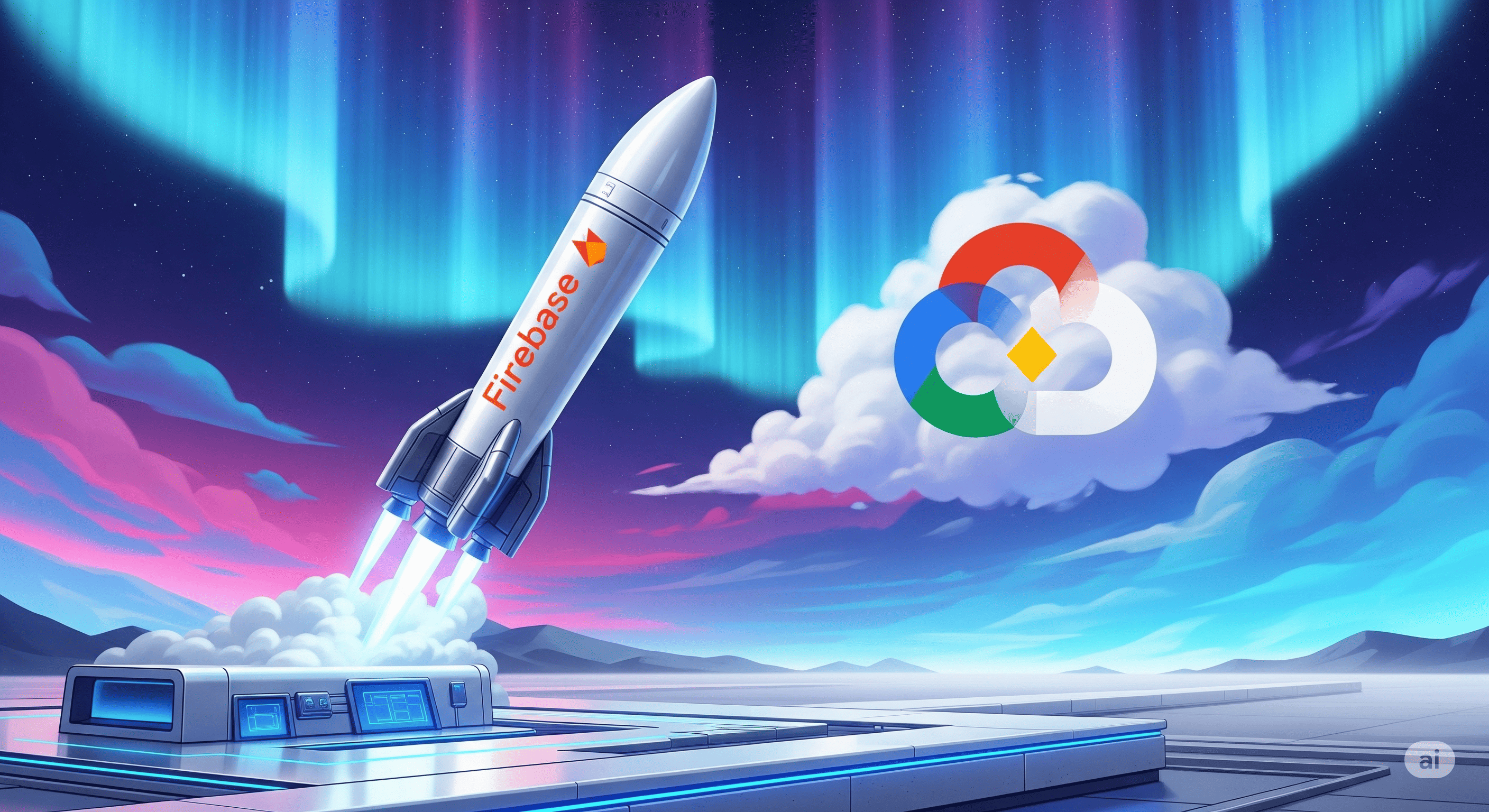How to Build a Scalable App with Firebase + Google Cloud (2025 Guide)
Complete guide to architecting scalable applications using Firebase and Google Cloud Platform
Table of Contents

🚀 How to Build a Scalable App with Firebase + Google Cloud (2025 Guide)
In today's fast-moving tech landscape, scalability isn't a luxury -- it's a necessity. Whether you're building a SaaS startup, mobile app, or enterprise solution, the ability to grow without rewriting your backend is *key*. That's where Firebase + Google Cloud Platform (GCP) becomes a game-changing combination.
In this guide, we'll show you how to architect scalable apps using Firebase and GCP -- backed by 2025's best practices.
🔥 Why Firebase is the Perfect Launchpad
Firebase gives you speed, simplicity, and a powerful suite of tools to launch fast:
Service | Purpose |
|---|---|
Firebase Authentication | Secure user login with email, Google, Apple, etc. |
Firestore | Serverless, real-time NoSQL database |
Firebase Hosting | Blazing-fast global CDN |
Cloud Functions | Serverless backend triggers |
Cloud Messaging / Remote Config | User engagement tools |
With Firebase alone, you can launch a fully functional MVP -- and often scale to thousands of users.
⚙️ But When Do You Need Google Cloud?
Firebase is great for speed and productivity. But as your app scales, you'll likely need more flexibility or power. That's where Google Cloud steps in:
Google Cloud Service | Use Case |
|---|---|
Cloud Run | Run containerized APIs or long-running tasks |
BigQuery | Analytics and querying millions of records fast |
Cloud Pub/Sub | Event-driven architecture (messaging between services) |
Cloud Tasks | Schedule background jobs or retryable workflows |
Cloud SQL / AlloyDB | When you need relational DB with strict schemas |
VPC & IAM | Enterprise-level security, isolation, and policies |
By combining Firebase + GCP, you can grow from prototype to full-scale platform without replatforming.
🏗️ Example Scalable Architecture (2025)
Let's say you're building a SaaS dashboard with real-time data and AI features.
Firebase handles:
- Auth
- Firestore for user/project data
- Hosting for the dashboard UI (built with Nuxt or React)
- Cloud Functions for simple webhooks
GCP handles:
- Cloud Run for custom backend APIs (e.g., billing logic)
- Pub/Sub to handle background jobs (e.g., image processing)
- BigQuery for analytics and dashboard metrics
- Vertex AI for chatbot/ML models
Bonus:
- Use Cloud Storage for file uploads
- Use Cloud Logging & Error Reporting for centralized monitoring
🧠 Best Practices for Scaling with Firebase + GCP
- ✅Use Firestore with strong indexing and shallow reads
- ✅Move heavy logic to Cloud Run or Tasks
- ✅Separate environments (dev, staging, prod)
- ✅Monitor costs via Firebase & GCP billing dashboards
- ✅Set up Firestore Security Rules from Day 1
- ✅Use Cloud Logging and Error Reporting across services
🚫 Common Pitfalls to Avoid
- ❌Running complex logic in Firestore triggers -- can cause failures at scale
- ❌Keeping all user data in a single document -- Firestore has document limits
- ❌Ignoring IAM roles -- can lead to security issues
- ❌Not planning for vendor lock-in -- balance Firebase and GCP usage wisely
📊 Cost Optimization Tips
- Use Firestore's composite indexes smartly to avoid unnecessary reads
- Offload tasks to Cloud Run on demand -- only pay per request
- Use BigQuery flat-rate or scheduled queries for predictable analytics costs
- Set budget alerts in GCP Billing
💼 When to Hire Experts
Scaling an app with Firebase + GCP isn't always plug-and-play. Especially if you're:
- Migrating from an old backend
- Need multi-tenant support
- Require advanced analytics or compliance
- Want to integrate AI or custom ML
💡 Need Help With Your Firebase or GCP Setup?
We specialize in building and scaling full-stack apps using Firebase and Google Cloud -- from MVPs to production-grade systems.